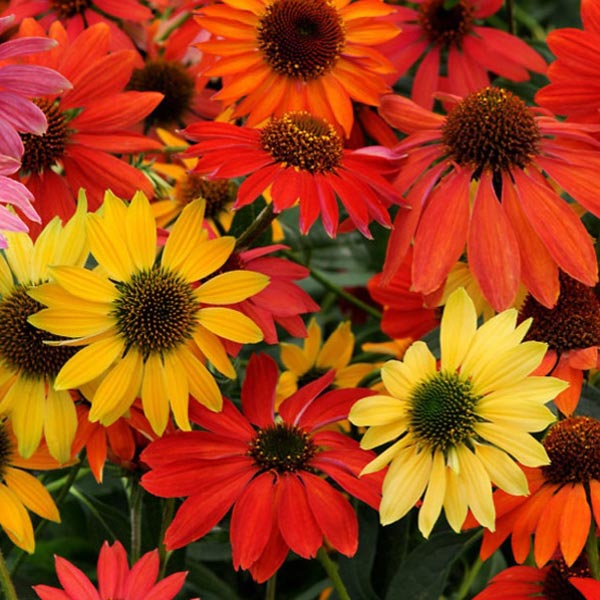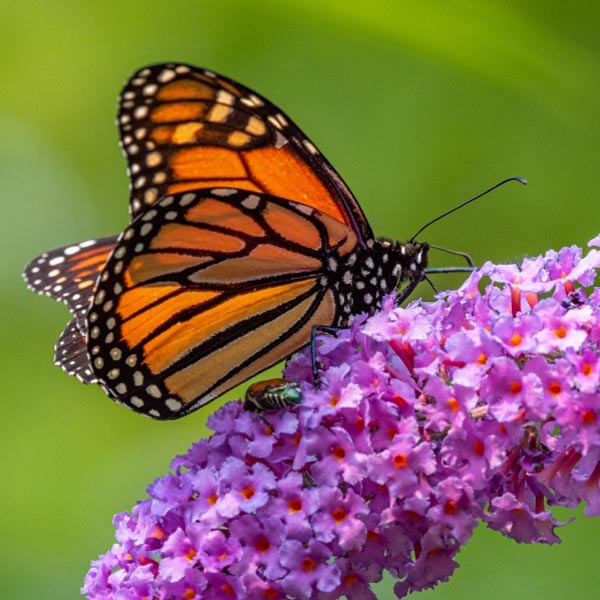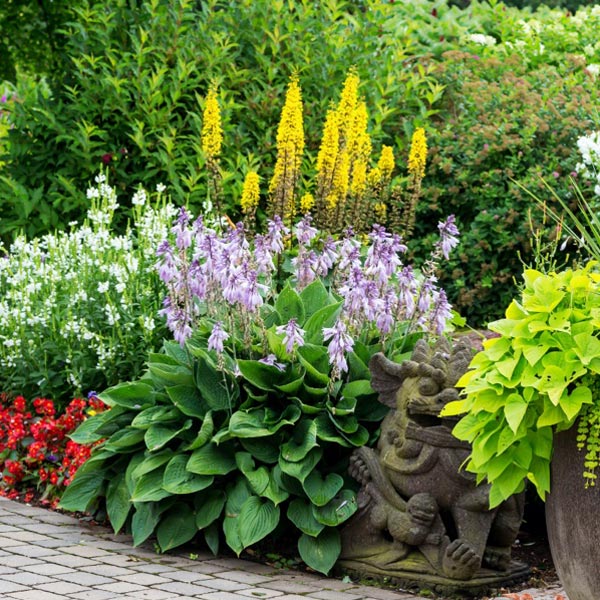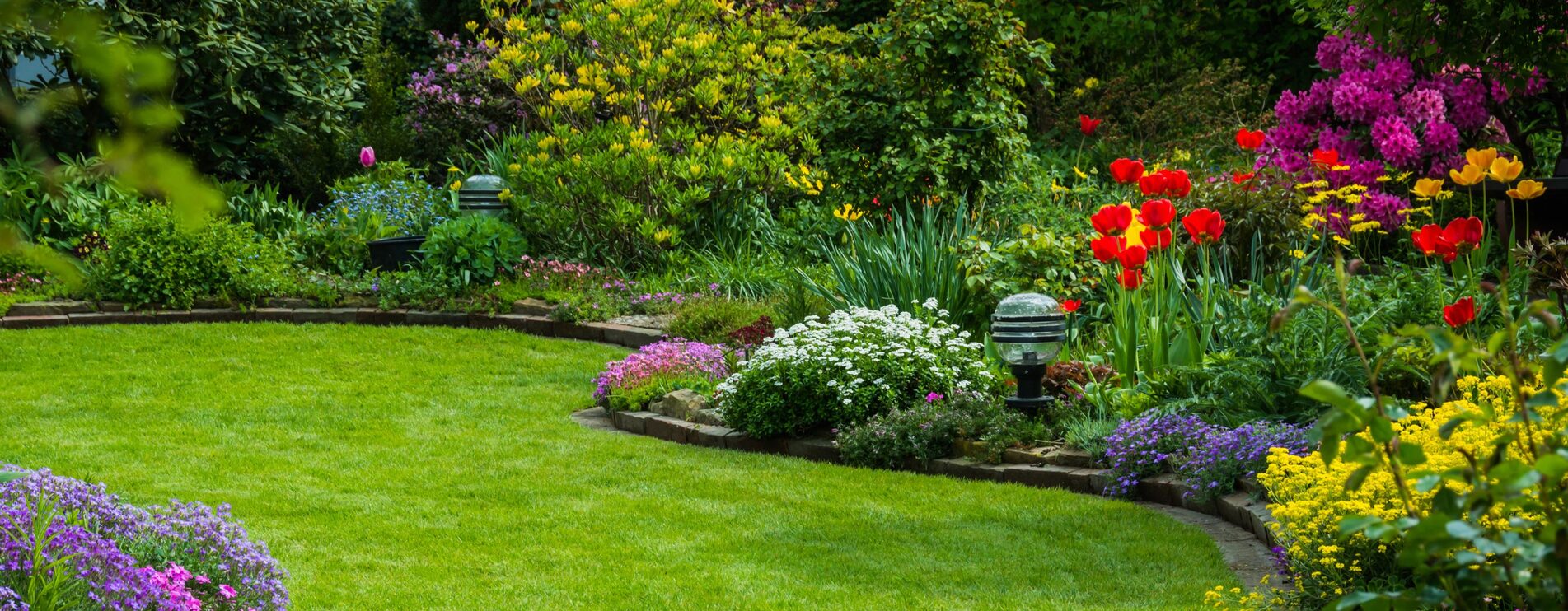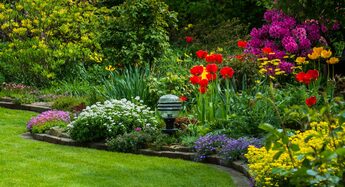Hydrangea Pruning Guide
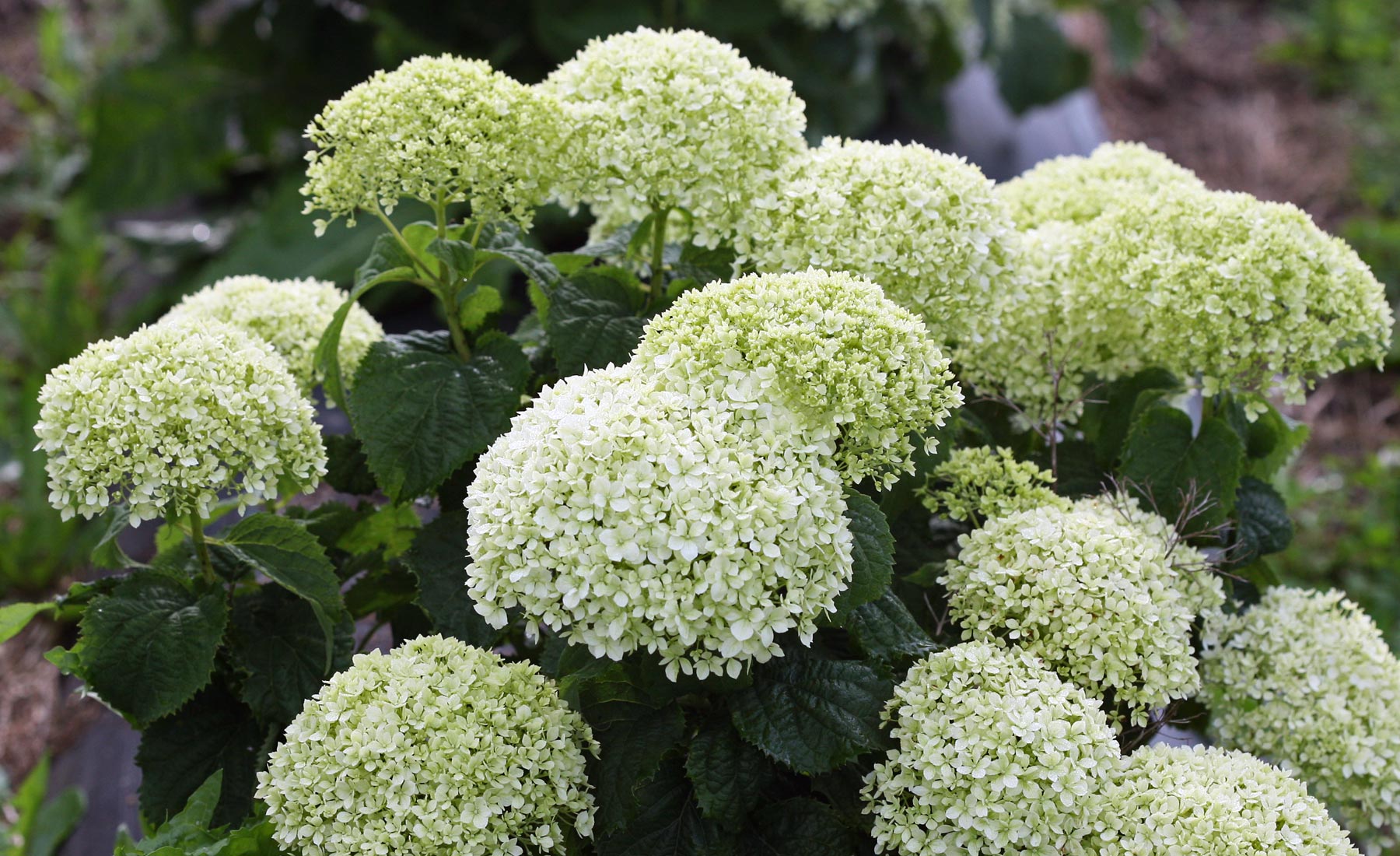
All Hydrangeas will need supplemental watering in long, dry spells. However, well-draining soil is important for the longevity of the plant.
Macrophylla (Bigleaf Mopheads & Lacecaps): These need very little pruning and are best suited where height restriction is not an issue. If desired, prune in late June or July before bloom buds are set in August for the next year. Pruning before or after this will reduce or even prohibit blooming the next year. Deadheading is fine any time. Remove any dead canes or tops of canes that have not leafed out in the spring.
Paniculatas & Arborescens: Can be pruned any time except when they are forming flower heads in the summer—and will not need to be pruned every year. Remove crossing branches and shape when necessary. These bloom on new wood and can be trained into a tree form by encouraging a strong central trunk.
Anomala (Climbing Hydrangea,): No trimming required. May require tying to a sturdy trellis or tree when young, but not for long.
Serrata: Easiest pruning is to simply remove any dead canes after the hydrangea sprouts in the spring. Compact habit requires less pruning, making this a low-maintenance plant.
Quercifolia : Can be left untouched, or previous year’s wood can be pruned back to leave only two buds at the base of each stem in very early spring. Pruning in this way encourages large panicles.
You can find more detailed care instructions if you desire on the webpage for each variety.

